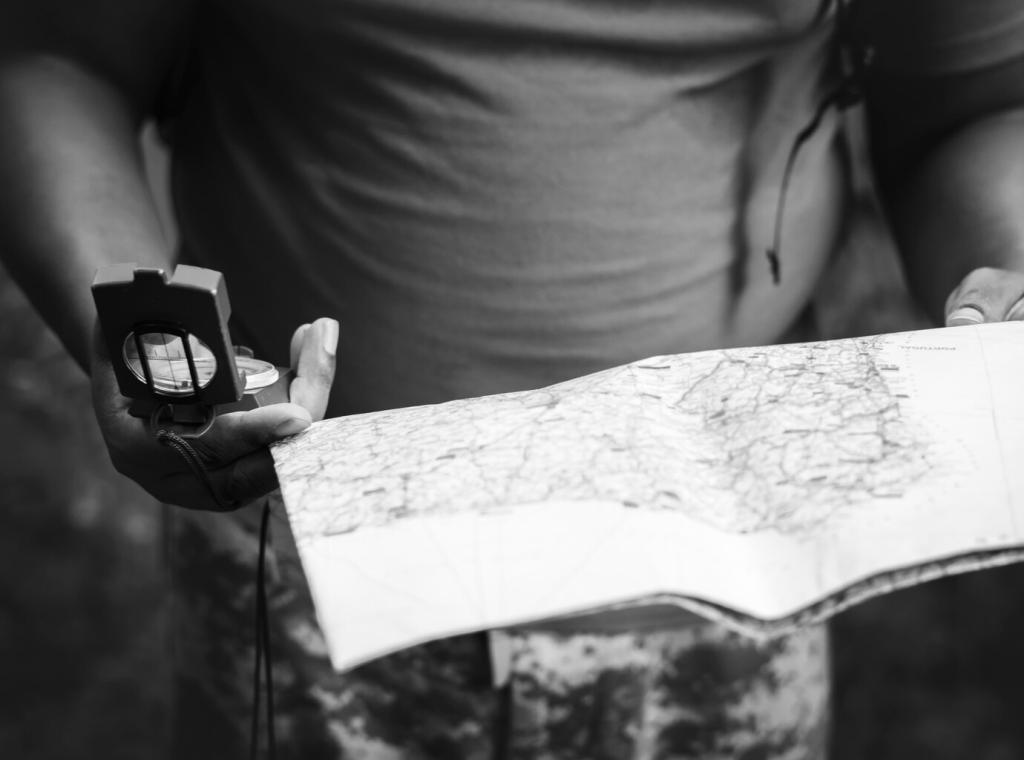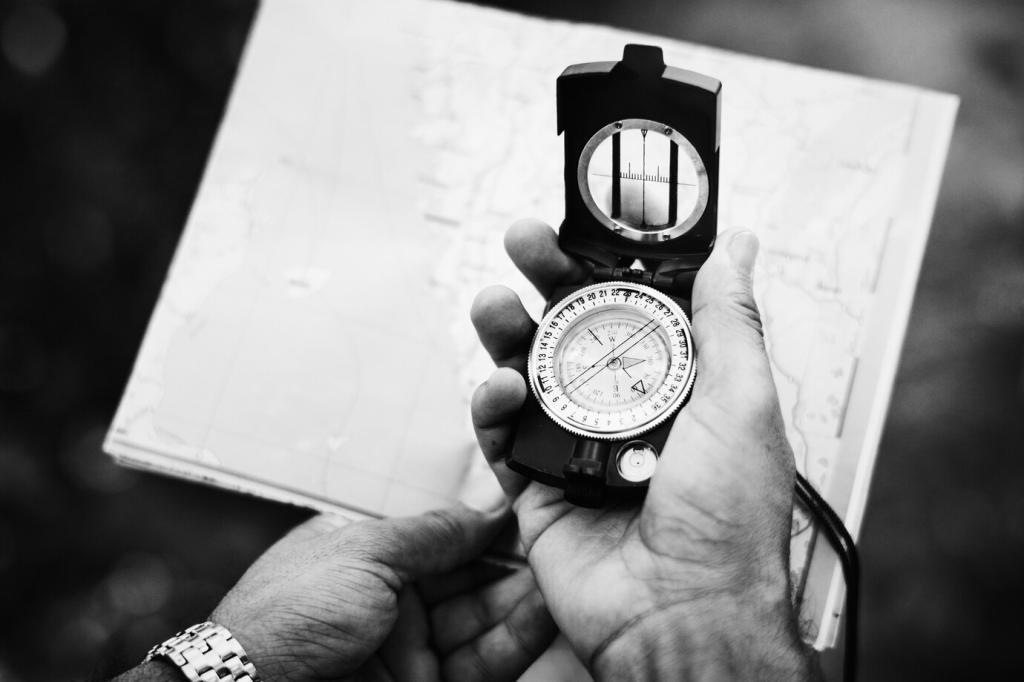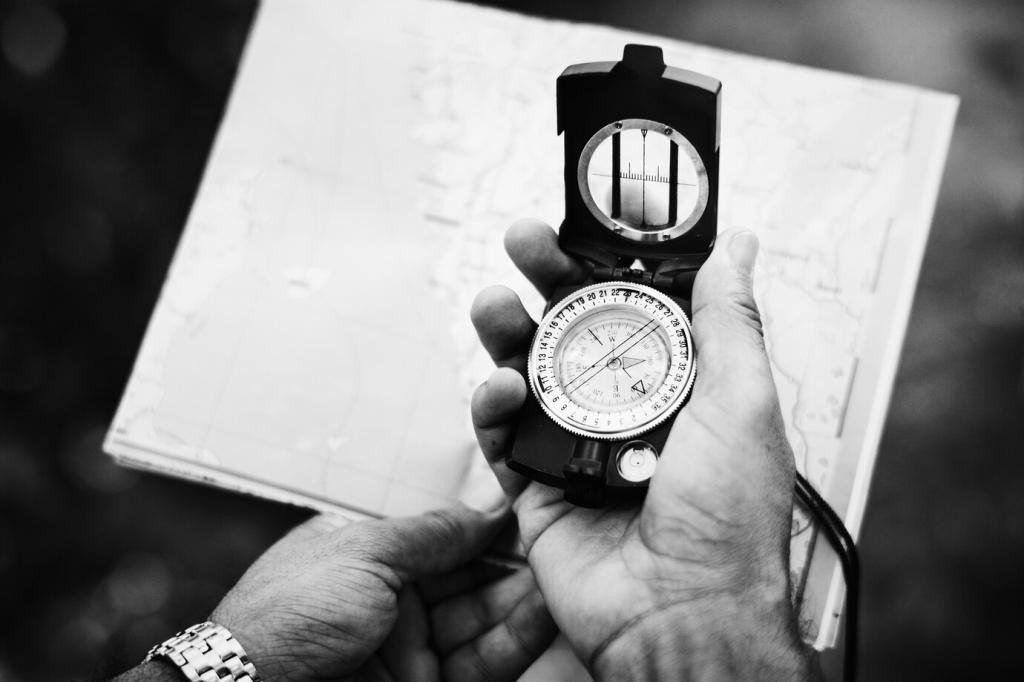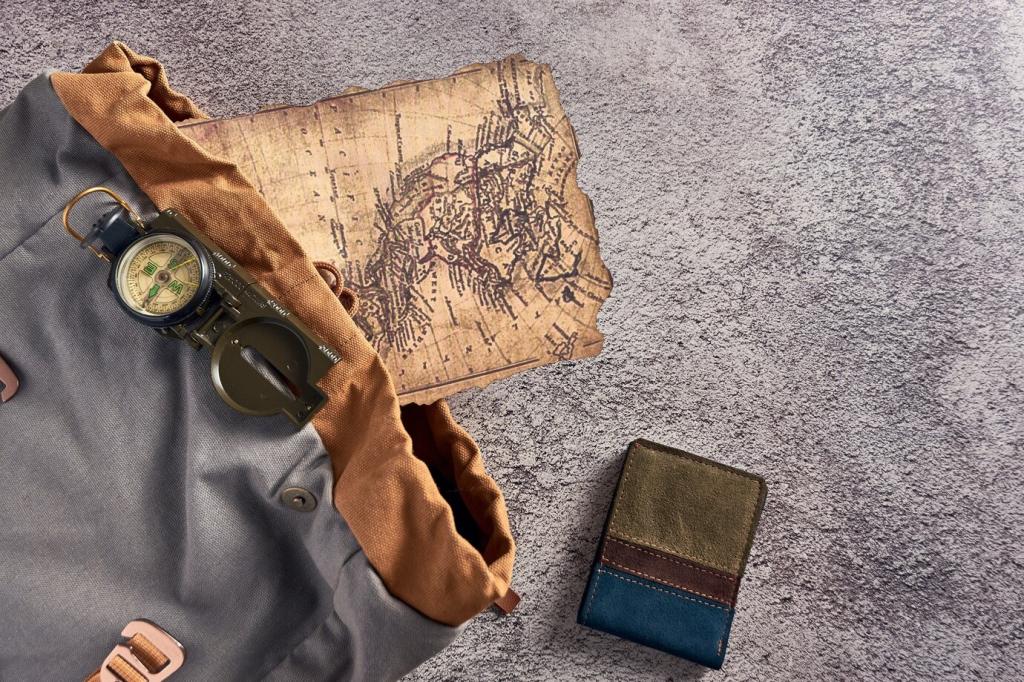Writing to Scale: Cuneiform, Tokens, and Early KPIs
Before spreadsheets, sealed bullae held tokens representing goods, evolving into tablet entries. A scribe in Umma tracked barley owed, delivered, and delayed. What’s your simplest, tamper-resistant ledger for commitments? Suggest a modern equivalent.
Writing to Scale: Cuneiform, Tokens, and Early KPIs
Tablets from Ur show ration formulas for workers by role and season. Leaders compared yields and adjusted teams. What few leading indicators could forecast your outcomes early? List them and invite your peers’ critique.
Writing to Scale: Cuneiform, Tokens, and Early KPIs
Cylinder seals authenticated entries and limited who could alter records. Authority was embedded in tools. How might you bake permissions into workflows, not afterthought policies? Tell us how you handle signatures, approvals, and audits.





